real, raw and righteous truth.... and UN and politicians must stop selling all their victories at the backroom tables..... as we saw so often, too often in Afghanistan and especially Vietnam... those of us old enough to remember...
--------------
Art of #WWI in 52 paintings http://madefrom.com/history/world-war-one/painting/ …. Also pretty good primer on art styles of 20th century
------------------
BLOGGED:
CANADIAN ICON ALEX COLVILLE - CANADA: True Patriot ...
nova0000scotia.blogspot.com/.../canadian-icon-alex-colville-brilliant.ht...
Aug 19, 2014 - CANADIAN ICON ALEX COLVILLE- brilliant, gifted global artist- we need 2 remember our Great Canadians- If u love Canada and u love art- ...Hauntingly Beautiful Art
It is amazing to see how much art was produced during the world wars, given that countries were so short on money. While people lined up at soup kitchens, the government still found the funds to hire official war artists. These artists capture the trenches of World War I and the air battles of World War II. They render the horror and the valour of war on canvas in a hauntingly beautiful way. Here is some of their work.


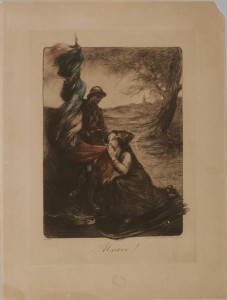
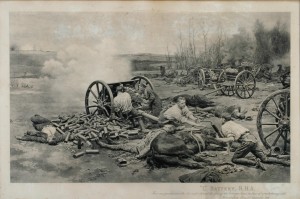
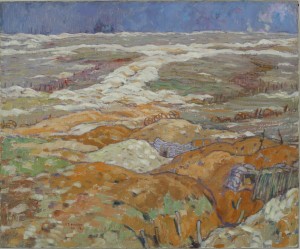
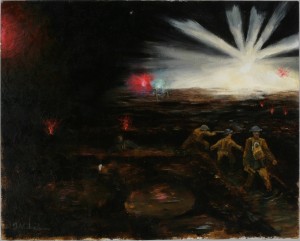
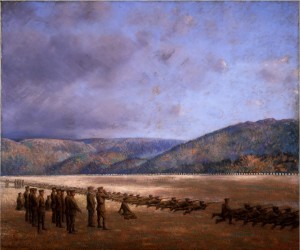

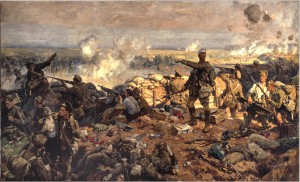
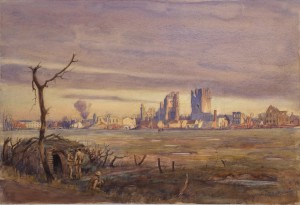
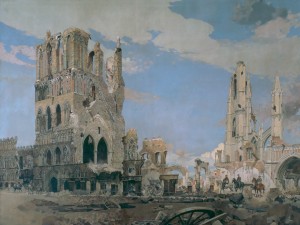
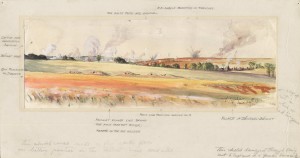
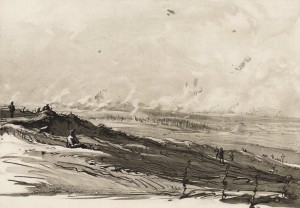
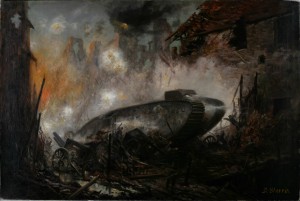
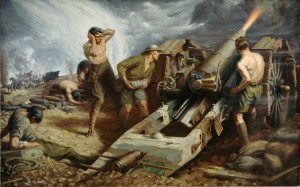
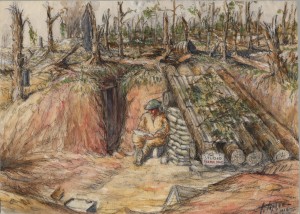
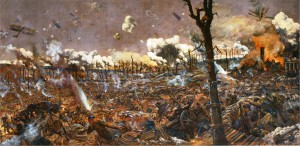
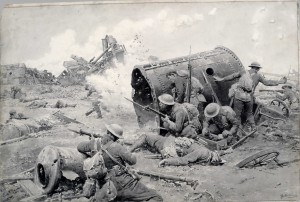
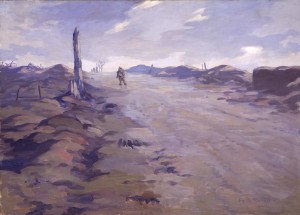
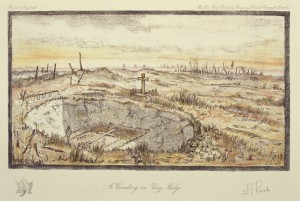
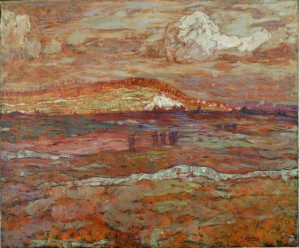
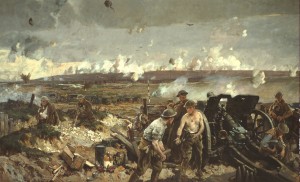
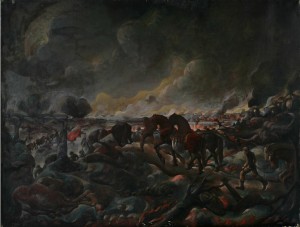
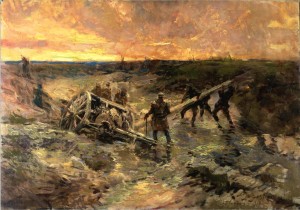
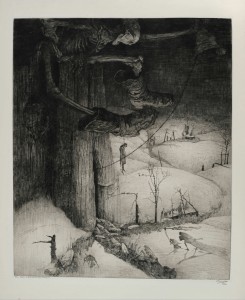
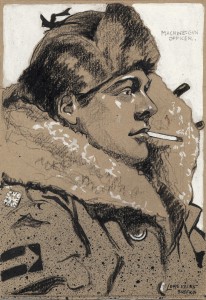
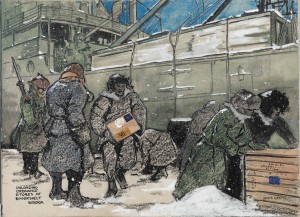
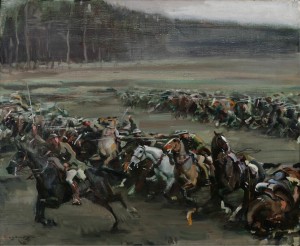
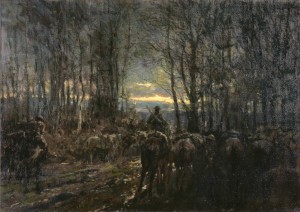
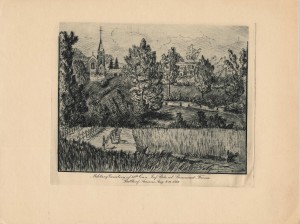
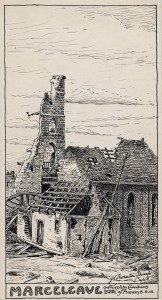
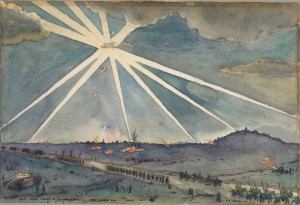
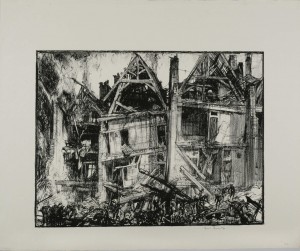
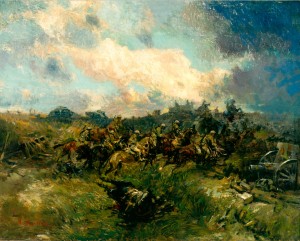
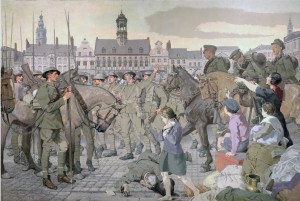
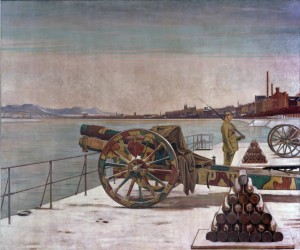
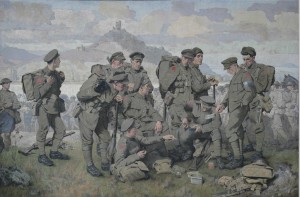
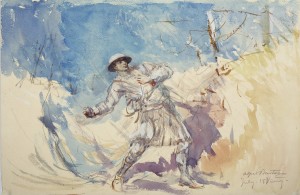
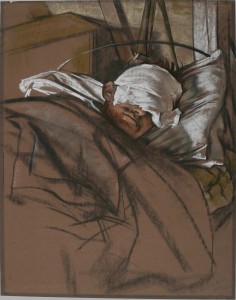
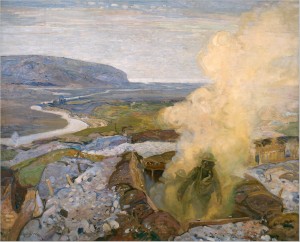
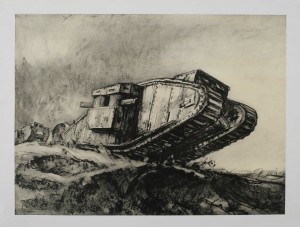
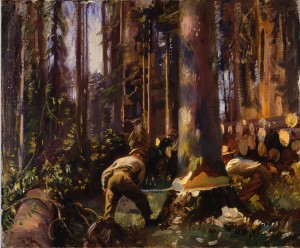
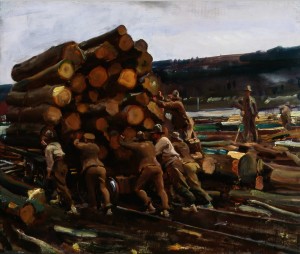
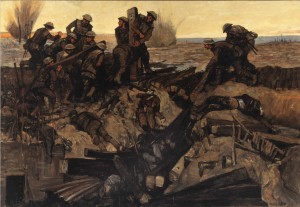
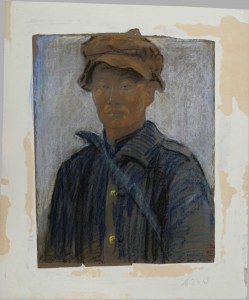
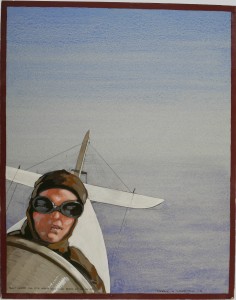
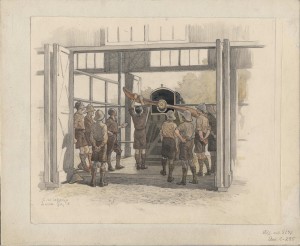
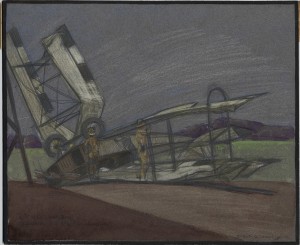
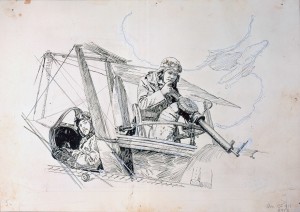
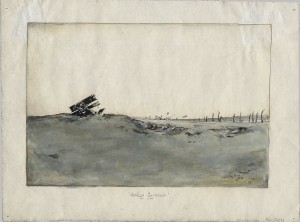
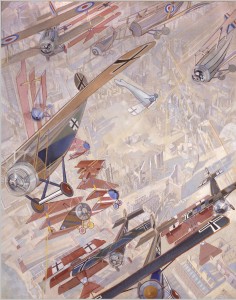
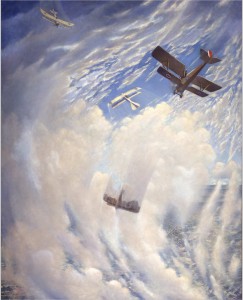
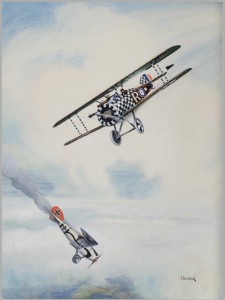
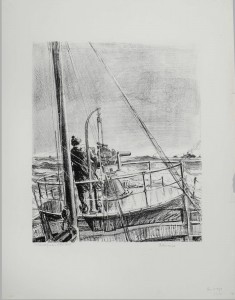
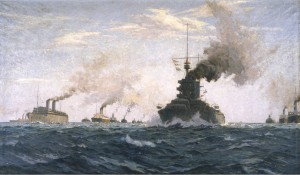
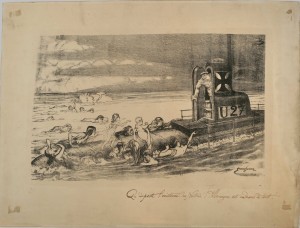
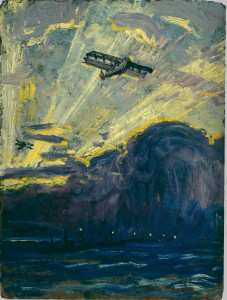
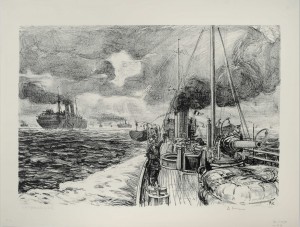
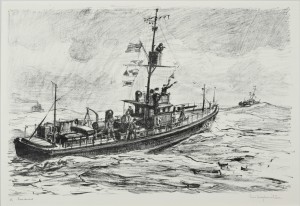
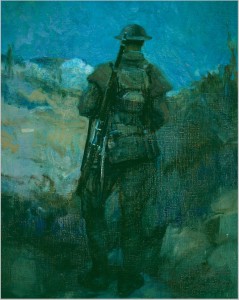
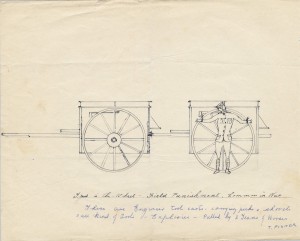
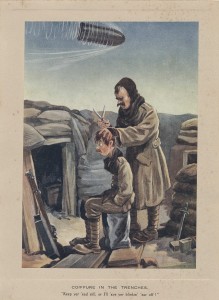
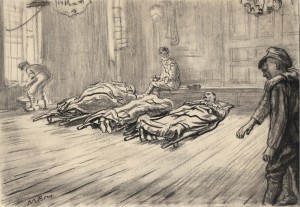
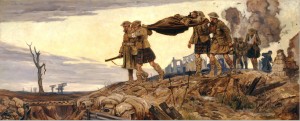
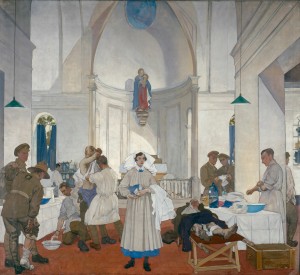
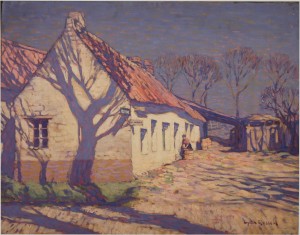
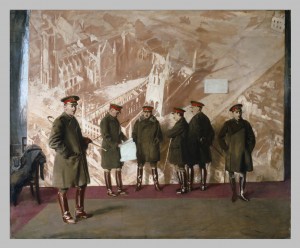
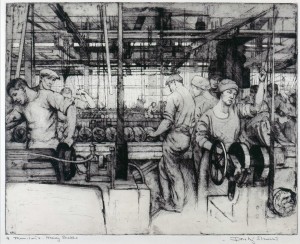
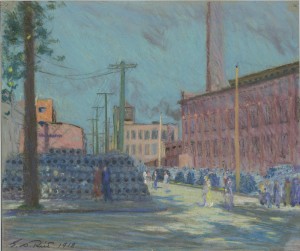
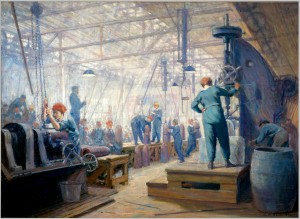
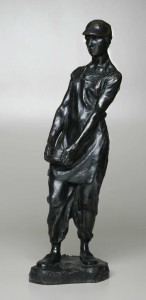
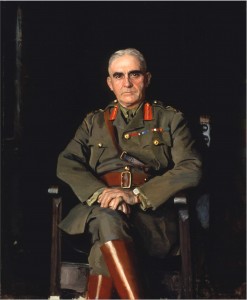
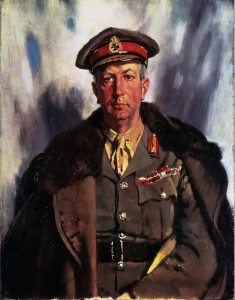
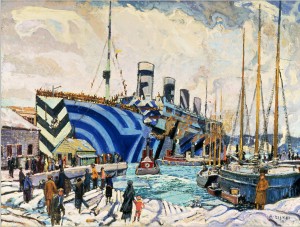
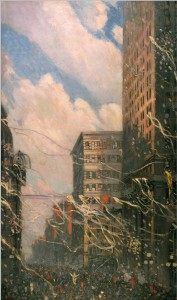
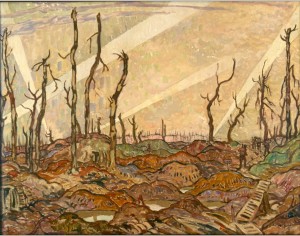
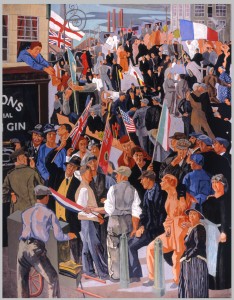
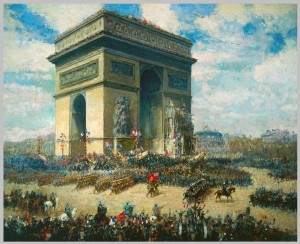
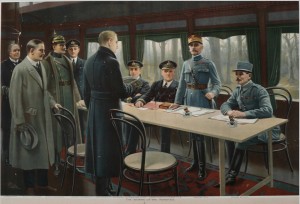
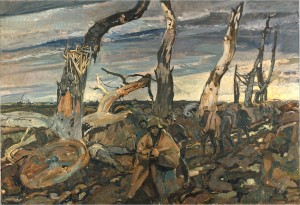
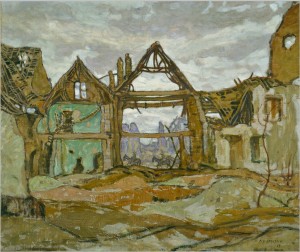
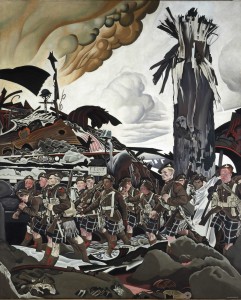
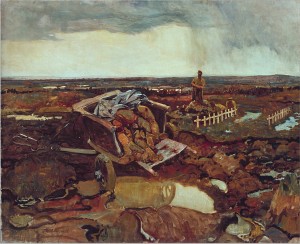






"From Stettin in the Baltic to Trieste in the Adriatic, an iron curtain has descended across the [European] Continent."
On March 5, 1946, a train with two World War II statesmen left Washington D.C. and steamed across the United States to the gateway to the west, Missouri. In the town of Fulton, population 7,000, at Westminster University, former British Prime Minister Winston Churchill, with President Harry Truman by his side, delivered a prophetic speech to an audience of 40,000 students. Titled "The Sinews of Peace" the oratory soon became known as "The Iron Curtain Speech", referring to the figurative curtain that had fallen, separating democratic western Europe and Communist Eastern Europe.
Sir Winston Churchill reminded the American audience what had happened when the world powers appeased Hitler, granting him Austria, the Sudetenland, and Czechoslovakia; finally Poland was the straw that broke the camel's back. Churchill feared that if the world powers appeased Stalin, he would never be satisfied either.
The British statesman pointed out that the famous capitals of Warsaw, Berlin, Prague, Vienna, Budapest, Belgrade, Bucharest and Sofia were under the ever increasing control of Moscow. For instance, he mentioned that:
The Russian-dominated Polish Government has been encouraged to make enormous and wrongful inroads upon Germany, and mass expulsions of millions of Germans on a scale grievous and undreamed-of are now taking place.
In fact, the Soviet Union would expell two out of the three million Germans in Germany's eastern provinces in the years 1945 to 1948, in the name of ethnic cleansing.
Reminding the audience that the United States was at a "pinnacle of power", Churchill called for even closer relations between Britain and America, in an effort to counter the rising menace of Communism. Surprisingly, though, the speech was not well received by political figures like former First Lady Eleanor Roosevelt, former Vice President Henry Wallace and then current British Prime Minister Clement Atlee. The New York Herald Tribune disagreed with the tone and content of the speech.
However, within weeks of Churchill's delivery of his speech, public opinion shifted: more and more people realized that the Soviet Union posed a threat that could not be ignored. Although World War II had ended, the Cold War had begun, marked by Sir Winston Churchill's famous oratory. The Iron Curtain had descended, not to be raised for almost 45 years.
1. La Mitrailleuse (Christopher Nevinson, 1915)
Image courtesy http://tate.org.uk.
2. Belligerents (1914-1918)
Image courtesy http://pcccua.edu.
3. Over the Top (John Nash, 1918)
Image courtesy http://en.wikipedia.org.
4. The Ypres Salient at Night (Paul Nash, 1918)
Image courtesy http://upload.wikimedia.org.
5. Gassed (John Singer Sargent, 1918)
Image courtesy http://farm4.static.flickr.com.
6. A Battery Shelled (Percy Lewis, 1919)
Image courtesy http://silverandexactfiles.wordpress.com.
7. We Are Making a New World (Paul Nash, 1918)
Image courtesy www.bbc.co.uk.
8. On Wings and a Prayer (William Phillips, 1940)
Image courtesy http://air.webring.com.
9. Siege of Leningrad (1941-1944)
Image courtesy http://subrealism.blogspot.ca.
10. The 2000 Yard Stare (Tom Lea, 1942)
Image courtesy http://bittennails.com.
11. Operation Tidal Wave (Nicolas Trudgeon, 1943)
Image courtesy http://picklyman.wordpress.com.
12. Unknown Title (Thomas Hart Benton, 1941-1943)
Image courtesy http://worldonline.media.clients.com.
---------------------
Canadian War Art |


     |
-------------------------------------
CANADA Art and Culture
Official Art

Alsace!

"L" Battery, R.H.A. Retreat from Mons

Trenches Near Angres

The Front Line - At Night

Camp at Sunrise

Canada's Grand Armada, 1914

The Second Battle of Ypres, 22 April to 25 May 1915

First Glimpse of Ypres

The Cloth Hall, Ypres

Opening of the Somme Bombardment

The Battle of the Somme

British Tank in Action

Canadian Artillery in Action

An Artist's Home on the Somme

Battle of Courcelette

Capture of the Sugar Factory

The Crest of Vimy Ridge

A Cemetery on Vimy Ridge

The Pimple, Evening

The Taking of Vimy Ridge, Easter Monday 1917

Mud Road to Passchendaele

Canadian Gunners in the Mud, Passchendaele

Death Tolls Again Over Flanders

A Machine Gun Officer, Siberia

Unloading Ordnance Stores, Eggershelt

Charge of Flowerdew's Squadron

Canadian Cavalry Ready in a Wood

Cemetery of the 11th Infantry Brigade

Marcelcave

Caught in the Searchlights

Arras

Cavalry and Tanks at Arras, 1918

The Return to Mons

The Watch on the Rhine, (The Last Phase)

Canadians Arriving on the Rhine

Throwing Grenades

Mustard Gas

Gas Chamber at Seaford

Tanks

Felling a Tree in the Vosges

Moving the Truck Another Yard

Canadians Repairing a Track Under Shell-Fire

A Chinese Worker

Looking Back at the Pilot

Instruction in Propeller Swinging

Crashed Curtis JN-4 Aircraft

Sketch of Pilot and Observer

Downed Aircraft

Air-Fight

War in the Air

Action Over Italy, 1918

A Forward Gun on a Patrol Boat

Canada's Answer

Casualties of Unrestricted U-Boat Campaign

Sketch for Minesweepers and Seaplanes

HMCS Grilse on Convoy Duty

Minesweepers at Sea

Canadian Sentry

Field Punishment No. 1

Coiffure in the Trenches

Inside the Main Dressing Station

The Stretcher-bearer Party

No. 3 Canadian Stationary Hospital at Doullens

An Estaminet, in Cambligneuil

Canadian Headquarters Staff

Munitions - Heavy Shells

Shell Piles

Women Operators

Munitions Worker

Lieutenant General Sir Sam Hughes, K.C.B., M.P.

Sir Arthur Currie

Olympic with Returned Soldiers

Armistice Day, Toronto

A Copse, Evening

Armistice Day, Munitions Centre

Canadians in Paris

Armistice, November 1918

German Prisoners

House of Ypres

The Conquerors

For What?

Vetcraft Poppy

A War Record

Vimy Ridge

Land Girls Hoeing

Trench Raid

Sir Douglas Haig
- http://www.warmuseum.ca/firstworldwar/objects-and-photos/art-and-culture/official-art/
-------------------------------
The Iron Curtain Speech
 |
| Photo courtesy www.kingsacademy.com. |
"From Stettin in the Baltic to Trieste in the Adriatic, an iron curtain has descended across the [European] Continent."
On March 5, 1946, a train with two World War II statesmen left Washington D.C. and steamed across the United States to the gateway to the west, Missouri. In the town of Fulton, population 7,000, at Westminster University, former British Prime Minister Winston Churchill, with President Harry Truman by his side, delivered a prophetic speech to an audience of 40,000 students. Titled "The Sinews of Peace" the oratory soon became known as "The Iron Curtain Speech", referring to the figurative curtain that had fallen, separating democratic western Europe and Communist Eastern Europe.
Sir Winston Churchill reminded the American audience what had happened when the world powers appeased Hitler, granting him Austria, the Sudetenland, and Czechoslovakia; finally Poland was the straw that broke the camel's back. Churchill feared that if the world powers appeased Stalin, he would never be satisfied either.
The British statesman pointed out that the famous capitals of Warsaw, Berlin, Prague, Vienna, Budapest, Belgrade, Bucharest and Sofia were under the ever increasing control of Moscow. For instance, he mentioned that:
The Russian-dominated Polish Government has been encouraged to make enormous and wrongful inroads upon Germany, and mass expulsions of millions of Germans on a scale grievous and undreamed-of are now taking place.
In fact, the Soviet Union would expell two out of the three million Germans in Germany's eastern provinces in the years 1945 to 1948, in the name of ethnic cleansing.
Reminding the audience that the United States was at a "pinnacle of power", Churchill called for even closer relations between Britain and America, in an effort to counter the rising menace of Communism. Surprisingly, though, the speech was not well received by political figures like former First Lady Eleanor Roosevelt, former Vice President Henry Wallace and then current British Prime Minister Clement Atlee. The New York Herald Tribune disagreed with the tone and content of the speech.
However, within weeks of Churchill's delivery of his speech, public opinion shifted: more and more people realized that the Soviet Union posed a threat that could not be ignored. Although World War II had ended, the Cold War had begun, marked by Sir Winston Churchill's famous oratory. The Iron Curtain had descended, not to be raised for almost 45 years.
Map of Iron Curtain circa 1946 courtesy http://4.bp.blogspot.com.
----
--------------------
------------------------------------------------------




















No comments:
Post a Comment
Note: Only a member of this blog may post a comment.